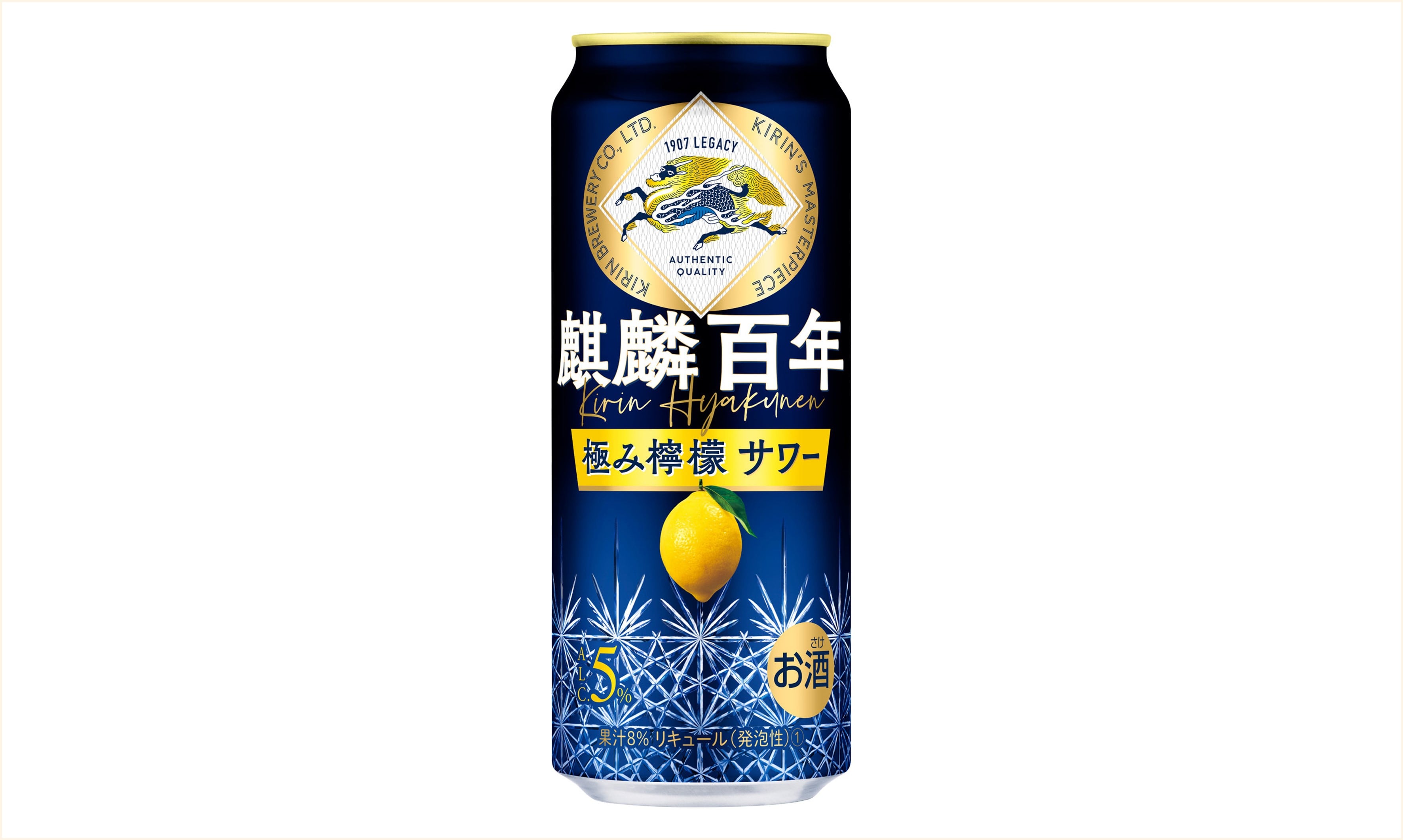From waste to wonder: Upcycled products gaining traction with APAC food firms keen to maximise processing potential
The upcycling of food waste to make new products from staple foods to snacks is emerging as an increasingly popular strategy among food firms in the Asia Pacific region to maximise the potential of production processes.
Although firms created upcycled foods and beverage products have been around for several years, upcycling in general tended to be considered more as an ‘afterthought’ for sustainability purposes. But today, with the value of processing efficiency higher than ever, it is emerging as an increasingly viable strategy to help firms maximise processing potential.
Sea-food from sea-plants: Thai Union sees next stage of alt-protein growth coming from the ocean
The next stage of evolution for the plant-based seafood sector in APAC is likely to come from the sea itself, in the form of proteins from marine-based plants such as seaweed and kelp, according to seafood giant Thai Union.
Thai Union launched its first plant-based product line OMG Meat back in 2021, comprising of both meat and seafood alternatives. So far the plant proteins used in these have come from more conventional sources such as soy and wheat, as well as in-house tech used to make its plant-based shrimp.
But given the firm’s long history with seafood, it has aspirations to look more closely at the ocean to find more marine-affiliated protein sources for its plant-based alternative innovations.
Eat your greens: Post-COVID-19 fruit and vegetable purchases in Japan see major boost
New data from a national government survey in Japan has revealed significantly more purchasing of fruits and vegetables in the wake of the COVID-19 pandemic, driven by health awareness and convenience trends in the country.
Prior to the pandemic, the Japanese Ministry of Agriculture, Forestry and Fisheries (MAFF) had highlighted a lack of fruit and vegetable consumption in the local population, which was recorded in a national study back in 2019 as an average of 280.5g of vegetables and 100.2g of fruits daily.
For both categories, this was far lower than the targeted daily consumption set by the Healthy Japan 21 index which aimed for 350g vegetable consumption and 200g fruit daily on average, further spurring deeper government interest in increasing consumer interest in these categories.
However, the first consumer survey conducted by MAFF after COVID-19 which involved over 2,000 consumers and 18 food industry retailers and suppliers indicates that interest in fruits and vegetables is already on the rise, driven by the increase in health and wellness awareness which resulted from the pandemic.
Overcoming kids' veggie aversion: Taste and health the key combo to drive uptake of healthy snacks and improve diets
Children are the ‘toughest food critics’ meaning that healthy snack firms have to pay equal attention to taste and nutrition if they are going to attract mass appeal and help improve the diets of young people.
That is the view of Singapore healthy snacking firm Hey! Chips which has highlighted the crucial combination of taste and health in fruit and vegetable snacks to both attract the interest of parents and simultaneously garner the favour of children.
Both the young parent and children consumer bases are incredibly important to the firm, according to Founder Emily Chu – and the only way to make return consumers out of the parents is to gain acceptance amongst the kids.
Moving past the worst? Unilever India taps food innovation strategies to curb inflation impact
Food and beverage giant Unilever India has tweaked several of its products and stepped up innovation in order to combat cost hikes for commodities such as milk, although it now believes situation is stabilising
Unilever India or Hindustan Unilever Limited (HUL) recently released its FY2023 results, reporting a 16% year-on-year growth in turnover to hit INR581.5bn (US$7.09bn) and 12.9% growth in profits after tax to INR99.6bn (US$1.21bn).
Whilst the firm has managed to successfully navigate the impacts of economic turmoil to maintain growth in its profitability, it has had to make concessions in order to mitigate inflation in a variety of commodities, such as milk.
“In particular milk inflation has been the primary challenge as inflation has been high, so in the wake of this we piloted several innovations in order to make products such as Horlicks more affordable,” HUL CEO Sanjay Mehta said during the results conference.





